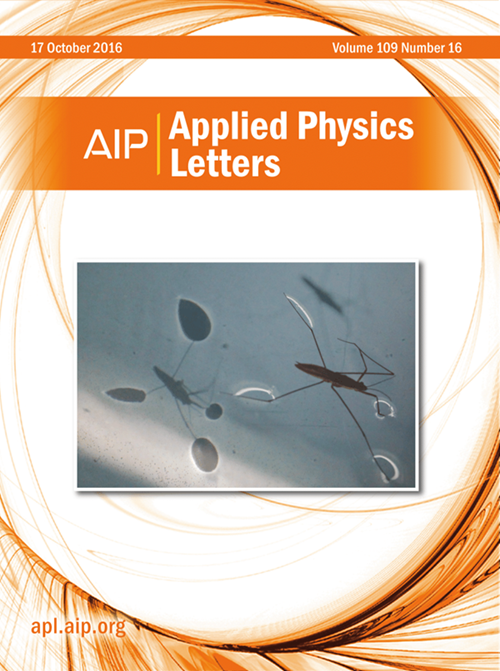基于量子网络的量子稀疏编码和解码
IF 3.5
2区 物理与天体物理
Q2 PHYSICS, APPLIED
引用次数: 0
摘要
稀疏编码为高效捕获和简洁表示关键数据(信息)提供了一个通用框架,在数据压缩、特征提取和一般信号处理等多个计算机科学领域发挥着重要作用。在此,我们提出了实现稀疏编码和解码算法的对称量子神经网络。我们的网络由多层两级单元变换组成,非常适合光路。具体来说,我们提出的两个网络可以通过量子自然梯度下降算法一起或分开进行高效训练。利用训练好的模型,我们实现了稀疏数据的编码和解码,包括二进制和灰度图像的稀疏经典数据,以及稀疏量子数据(即某个较小子空间中的量子态)。结果表明,图像重建的准确率为 98.77%,量子态重现的保真度为 97.68%。与经典模型相比,我们的量子稀疏编码和解码模型具有更好的通用性和鲁棒性,为进一步研究人工神经网络中的量子优势提供了启示。本文章由计算机程序翻译,如有差异,请以英文原文为准。
Quantum sparse coding and decoding based on quantum network
Sparse coding provides a versatile framework for efficiently capturing and representing crucial data (information) concisely, which plays an essential role in various computer science fields, including data compression, feature extraction, and general signal processing. Here, we propose symmetric quantum neural networks for realizing sparse coding and decoding algorithms. Our networks consist of multi-layer, two-level unitary transformations that are naturally suited for optical circuits. Specifically, the two networks we propose can be efficiently trained together or separately via a quantum natural gradient descent algorithm. Utilizing the trained model, we achieve coding and decoding of sparse data including sparse classical data of binary and grayscale images, as well as sparse quantum data that are quantum states in a certain smaller subspace. The results demonstrate an accuracy of 98.77% for image reconstruction and a fidelity of 97.68% for quantum state revivification. Our quantum sparse coding and decoding model offers improved generalization and robustness compared to the classical model, giving insights to further research on quantum advantages in artificial neural networks.
求助全文
通过发布文献求助,成功后即可免费获取论文全文。
去求助
来源期刊

Applied Physics Letters
物理-物理:应用
CiteScore
6.40
自引率
10.00%
发文量
1821
审稿时长
1.6 months
期刊介绍:
Applied Physics Letters (APL) features concise, up-to-date reports on significant new findings in applied physics. Emphasizing rapid dissemination of key data and new physical insights, APL offers prompt publication of new experimental and theoretical papers reporting applications of physics phenomena to all branches of science, engineering, and modern technology.
In addition to regular articles, the journal also publishes invited Fast Track, Perspectives, and in-depth Editorials which report on cutting-edge areas in applied physics.
APL Perspectives are forward-looking invited letters which highlight recent developments or discoveries. Emphasis is placed on very recent developments, potentially disruptive technologies, open questions and possible solutions. They also include a mini-roadmap detailing where the community should direct efforts in order for the phenomena to be viable for application and the challenges associated with meeting that performance threshold. Perspectives are characterized by personal viewpoints and opinions of recognized experts in the field.
Fast Track articles are invited original research articles that report results that are particularly novel and important or provide a significant advancement in an emerging field. Because of the urgency and scientific importance of the work, the peer review process is accelerated. If, during the review process, it becomes apparent that the paper does not meet the Fast Track criterion, it is returned to a normal track.
 求助内容:
求助内容: 应助结果提醒方式:
应助结果提醒方式:


